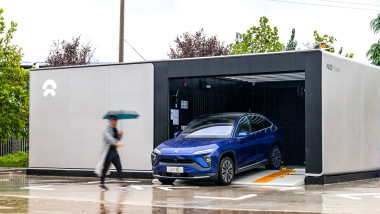How One Chinese EV Company Made Battery Swapping Work
See, Apple? Even cars can do it :)

There have been multiple accounts created with the sole purpose of posting advertisement posts or replies containing unsolicited advertising.
Accounts which solely post advertisements, or persistently post them may be terminated.
See, Apple? Even cars can do it :)
